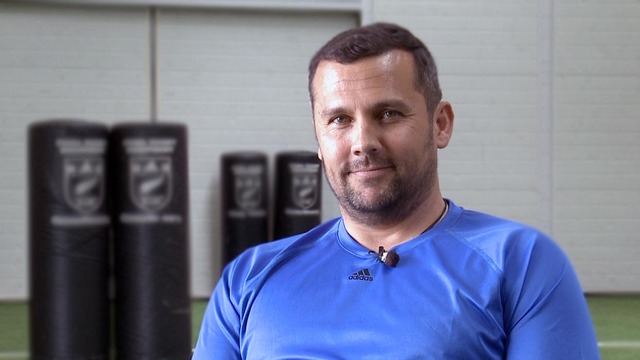3 Phase Community Rugby
Is the game your team plays all that it seems?
For instance, do you know how many phases of play for each sequence of play occur in your game?
How many sequences of play occur in one game?
What factors usually decide the outcome of your game?
A phase of play is the time a ball is in play between breakdowns.
A sequence of play is the time the ball is in play between restarts and stoppages in play i.e. a scrum, kick off, lineout etc.
As we watch the professional game and see the building of phases appear on the screen, we assume that is the game we play, or must play, at our school or club. Is this realistic?
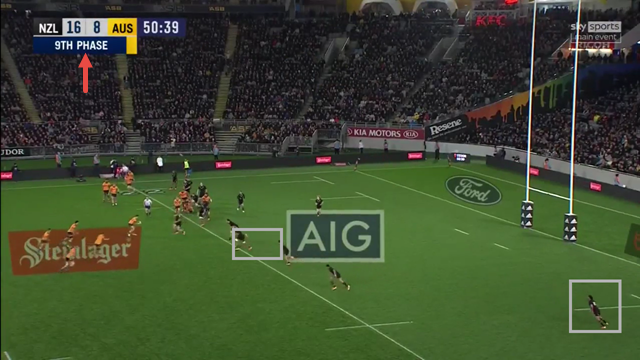
We set about building our phases at training under the following scenario:
- training once or twice a week of 1 ½ hours per session, and for 10 – 20 weeks a season (if we are lucky), with 15 – 25 players (if only).
- the team training run is all of 30 minutes (maybe), usually unopposed or reserves only, as no-one else wants to be the opposition as the other school/club teams want to train alone. (Benefits of school/club squad training is another topic for another day).
- the team practices 8-10 phases of recycled ball and moves unopposed down and across their practice pitch – all is looking sharp.
So how is your multi-phase approach working for you?
We go to the game and find 80+% of the game on both sides of the ball, is less than 3 phases before it breaks down – turnover, dropped pass, knock on, penalty or kick etc.
Are you serious? ‘No, we play more phases than that’, is the response I’m hearing from coaches from around the world who read this.
Have you checked it lately?
It is difficult to watch the live game on both sides of the ball, while trying to understand the play and the individual elements. Which is why pro teams have multiple coaches and analysts!
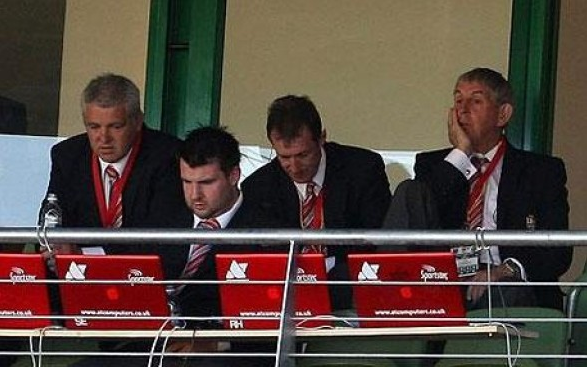
Those that have the match video, typically breakdown individual elements either by player, or set piece eg. Player A made 10 tackles, 5 were effective and 5 were assists, we won 100% of our scrums, the lineout lost 3 throws to the middle of the lineout etc.
But there are many of us that do not have match video footage at all, or if we have footage it is filmed by an amateur and is wobbly, out of focus, angled from behind the ball and misses the important parts of play.
So, is it true?
Over 20 months ago (pre Covid-19), with ex All Black Analyst Al Rogers (who knows a thing or two about game analysis), we decided to design a game analysis model for non-video enabled coaches to understand their team’s performance and the trends of the game. We simply record the actions of your game on a spreadsheet.
We tested the model by analysing live games and TV broadcasted games in NZ and the UK at high school and club level.
The results:
We found:
- 80% of every game had 3 phases or less of play
- The sequences of play were between 100 and 120 sequences per game
- The winning and losing of games (with evenly matched teams), came down to a game management decision,, not a technical issue.
How much time do you spend with your team considering tactical situations or equipping your players to make good decisions on the pitch?
The response:
It is one thing to record and report your findings, the next step is to action the findings.
Following one game, I went to the team’s training and showed the coaches their game findings – 80% less than 3 phases. I then asked the question ‘what are you going to concentrate your team training on?’ Their response was the usual – 8-10 phases in the team run!
Interestingly, after recording 3 of my team’s games and presenting it to our players, they had difficulty appreciating the match information.
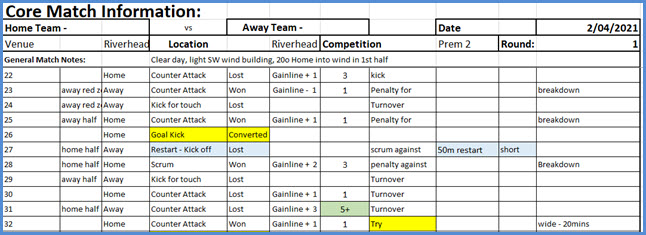
The rest of the year’s training sessions, unopposed and opposed, were spent improving the first 3 phases on both sides of the ball. Each team run was a constant challenge to practice and complete 3 quality phases.
After 3 continual phases what happens?
At a professional level, the more phases the higher chance of turnover and less chance of scoring. So is that the case at the community level? In short, this depends on your team’s approach.
Teams that have a positive attacking ‘play what is in front of you approach’ score more often, as defences break down, and the attacking players see the opportunities. Likewise on defence, players stay connected as they assume required roles based on what is happening.
Teams that are structured and require players to be in position, are likely to have less chance to score by phase as players lose their position and become uncomfortable being out of position, these players are no longer concentrating on making a positive impact on the play.
Summary
While we all aspire to perform like professional teams, that is not the reality for Community rugby.
Take the time to understand your grade, team capabilities, and focus training on the parts of the game your teams mostly play.
Have a go at recording parts of your game to understand what is happening at a team macro-level each week. Then practice to those realities.
Contact us if you want to test our Match Information model.
Also, if you haven’t already, consider giving your players the tools and empowering them to make good decisions at training and on the field.
The result is likely to bring more enjoyment for the players, more satisfaction for coaches – and maybe some more positive results!
Enjoy your rugby!
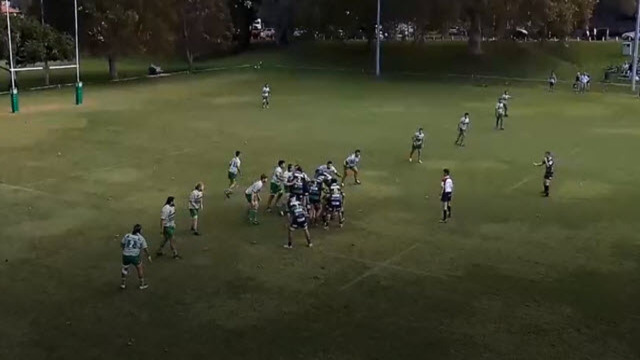




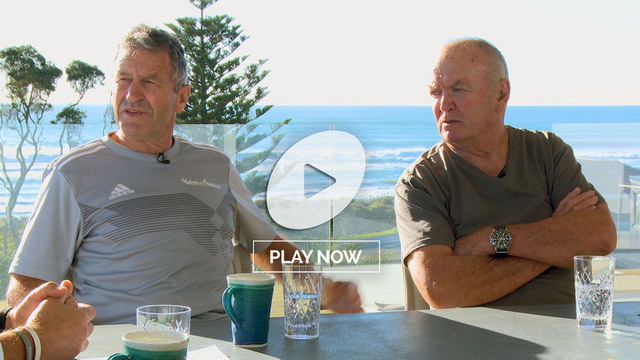
.jpg)
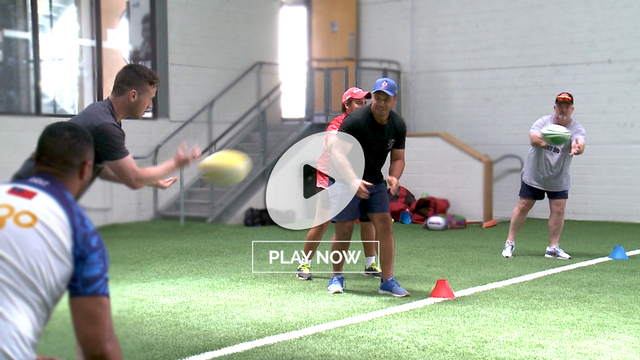
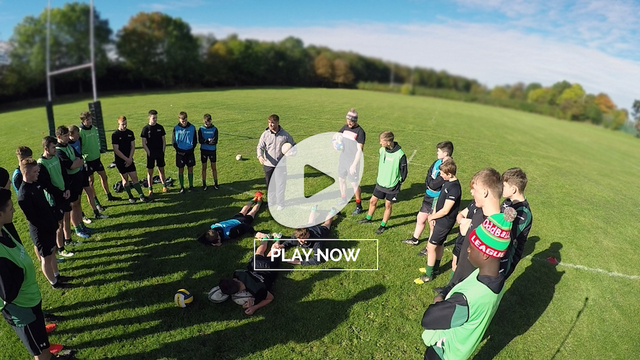
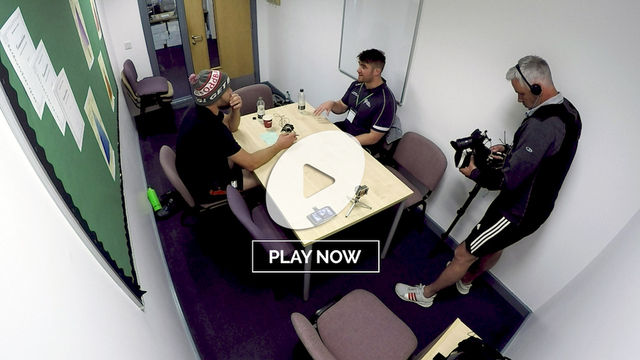

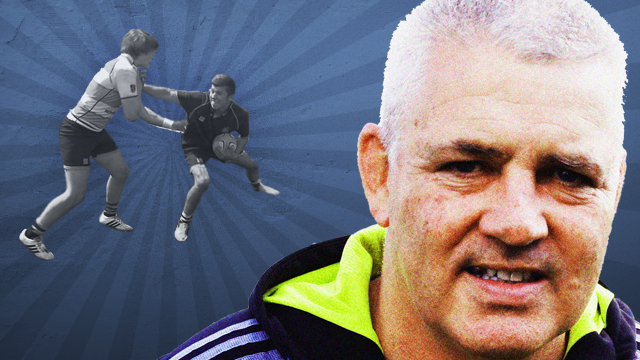
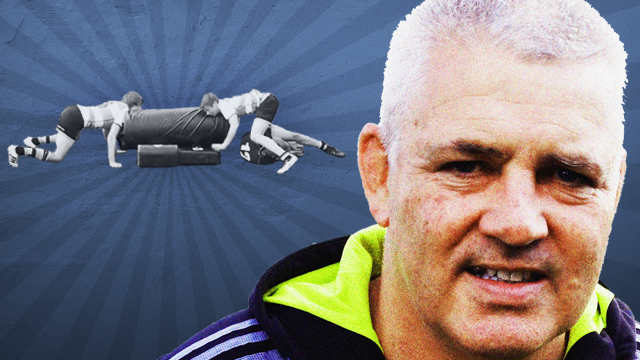
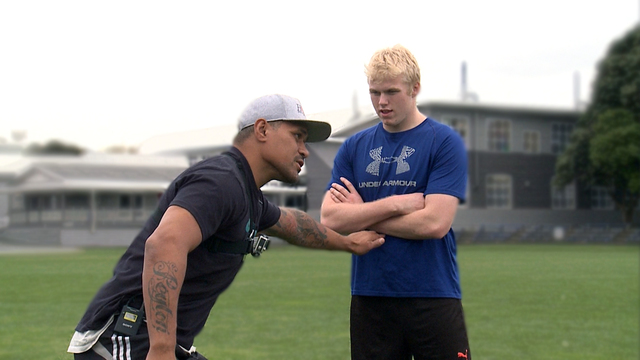

.jpg)



